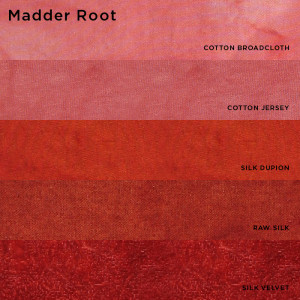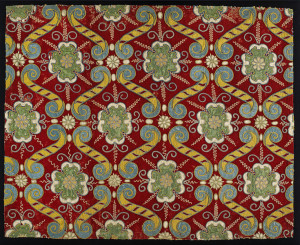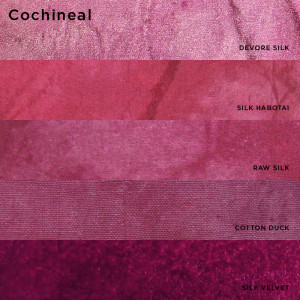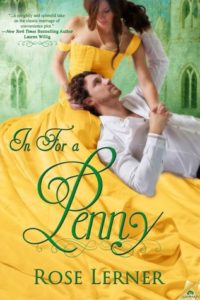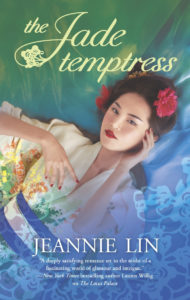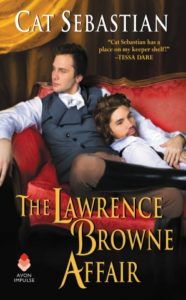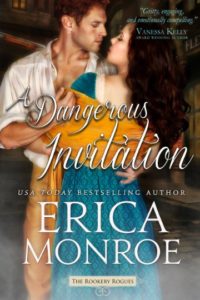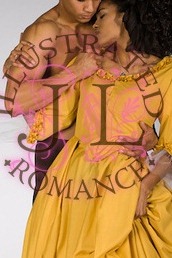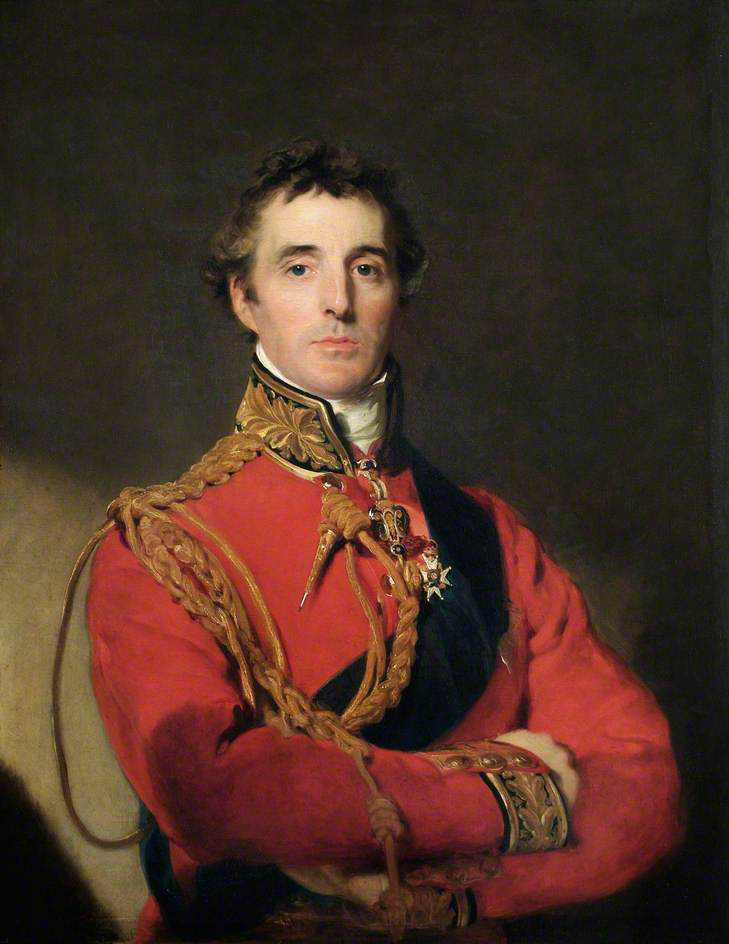
Duke of Wellington
For a while now, dukes have been running rampant through the Regency fiction genres, especially in Historicals, but even in Trads. Do you love this? Hate this? Don’t care? The trend seems as strong as ever. The publishers, and apparently the readers, love them. And hey, we’re writing stories that are fantasies based on a romantic view of our time period, so why not? It’s not as if all of these fictional dukes exist in the same version of Regency England –each author’s Regency World is unique to that author (except perhaps in a connected set or special project). Right? But did you ever wonder how many dukes there really were in Great Britain during the Regency?

Douglas Hamilton, 8th Duke of Hamilton & 5th Duke of Brandon
You might say dukes are the equivalent historical heart-throbs to the super-billionaires that are the go-to heroes in current contemporary romance. As The Daily Mail has explained it: “Dukes are just one rung down from royalty in the social pecking order and enjoy a special status way above the rank and file of the aristocracy. As peerages go, it’s the jackpot.”
Who wouldn’t want their hero to be that special? Except the way I see it, this status cuts both ways. The very rarified “special-ness” of such high rank begins to suffer when book after book after book has young, handsome, wealthy dukes just ripe for marriage. It just rubs against my personal vision of what I think the Regency was like, or makes the rank of duke seem a little common. Dukes were rare, and most often old…weren’t they? And I’m not even touching the question of the way dukes fit into the political structure, but you can note below how many of the dukedoms are named for the counties of Britain….

Charles Lennox, 3rd Duke of Richmond
I’ve nothing against my fellow authors whose heroes are dukes, or the readers who love them. I get it. But I can’t do it. Every time I consider creating a hero who is so highly ranked –well, I feel like I stubbed my toe. The closest I’ve come to it was dealing with a duke’s family in An Unlikely Hero, and that story’s hero was a viscount, a “lowly” friend of the duke’s son. Am I losing readers?
I don’t seem to have the same problem with creating heroes in the lower peerage ranks. There were so many more of them! Earls, for instance. I am fond of them. They could be wealthier than some dukes were! But I have this idea that there were a lot more earls floating around in the real Regency England, so it seems less of a violation to add in a few fictional ones. And barons –they date very far back in time, and there were lots of them, too. Has the demand for dukes devalued the other four peerage ranks (marquess, earl, viscount, and baron) in our fiction?
I decided to put my prejudice to the test and check the numbers. (I’m not including Royal Princes’ dukedoms). After all the dukedoms that have been created, recreated, forfeited, merged (through marriage or elevation to higher rank), or simply gone extinct (no heirs), today there are only 24 still extant. But how many in our favorite time period?
63 English (non-royal) dukedoms starting as early as 1351 went extinct, were forfeited to the crown, or merged prior to 1707. Eleven (including two forfeited and restored several times) were extant at least through the Regency:
1 Norfolk, 1483 (forfeited three times up to 1660)
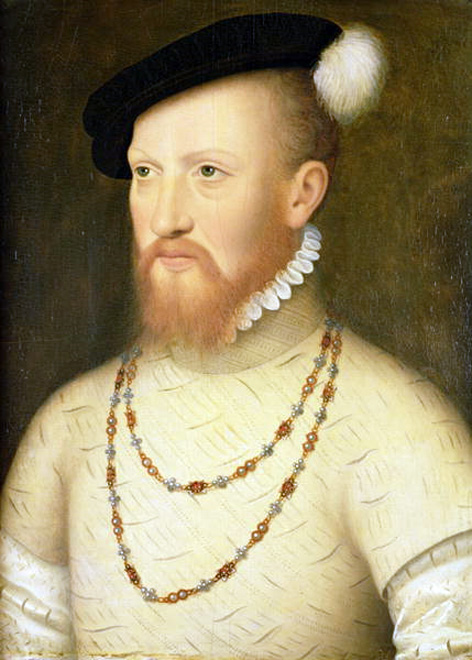
Edward Seymour, Duke of Somerset
2 Somerset, 1547 (forfeited 1552-1660)
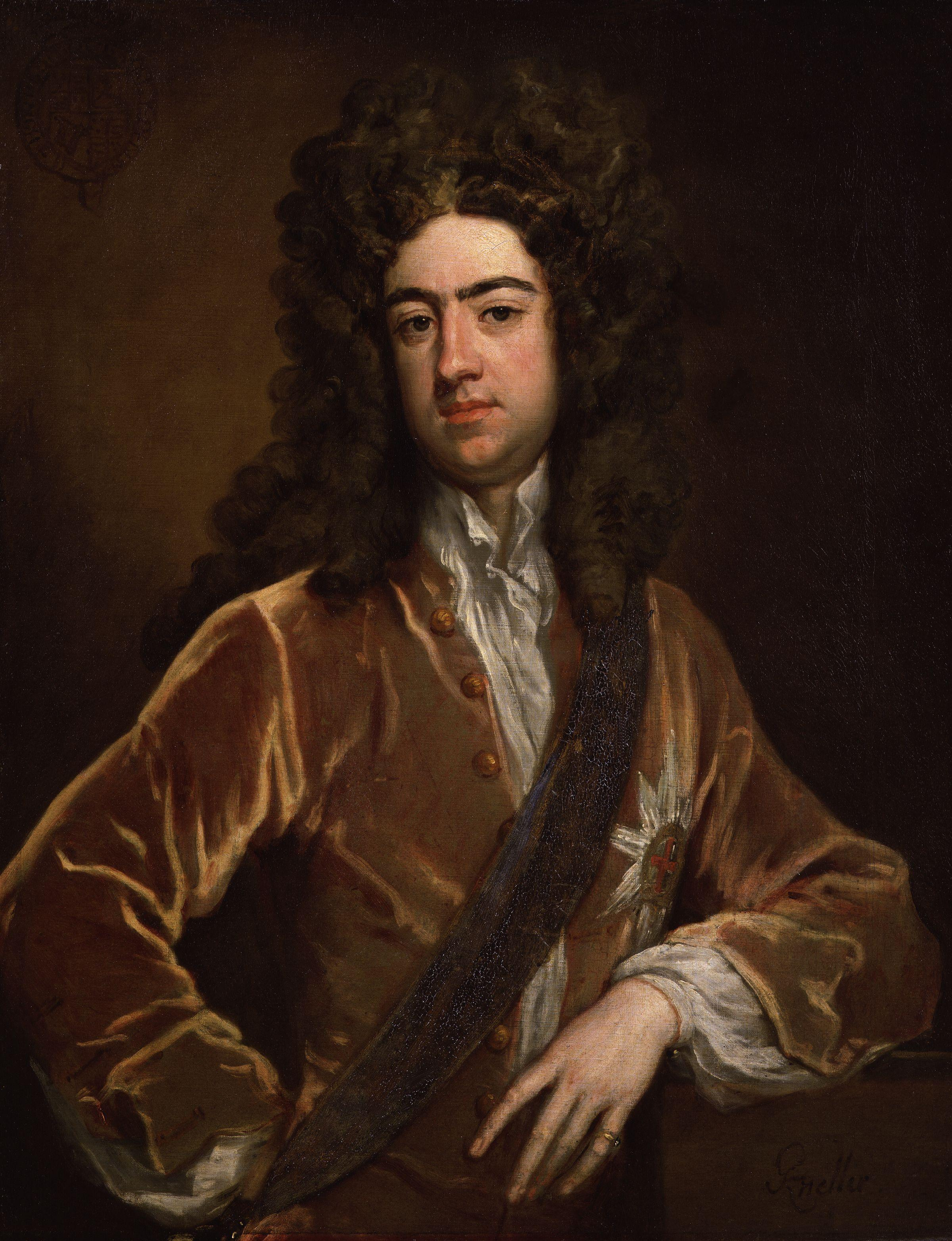
Charles Lennox, 1st Duke of Richmond
3 Richmond, 1675
4 Grafton, 1675
5 Beaufort, 1682
6 St Albans, 1684
7 Leeds, 1694 (extinct in 1964)
8 Bedford, 1694
9 Devonshire, 1694

Duke of Marlborough, Winston Churchill’s ancestor
10 Marlborough, 1702
11 Rutland, 1703
Between 1707-1801, about ten more were created and went extinct, merged, or were forfeit. Eight dukedoms of Great Britain created during these years were still extant into the Regency:
12 Brandon, 1711
13 Ancaster & Kesteven, 1715 (extinct-1809)
14 Portland, 1716 (extinct 1990)
15 Manchester, 1719
16 Dorset, 1720
17 Bridgewater, 1720 (extinct 1803)
18 Newcastle-under-Lynne, 1756 (extinct 1988)
19 Northumberland, 1766
Created between 1801-1822, only two:
20 Wellington, 1814
21 Buckingham and Chandos, 1822 (extinct 1889)
22 Duke of Leinster, 1691, was the only Irish dukedom extant during the Regency
It appears there were nine Scottish Dukes during the Regency, titles dating from 1707 or earlier. (18 other Scottish dukedoms went extinct, were forfeited to the crown, or merged between 1351-1707 ) The nine:
1) Hamilton 1643 (and later Brandon, 1711)
2) Buccleough, 1663 (and Queensbury, 1810)
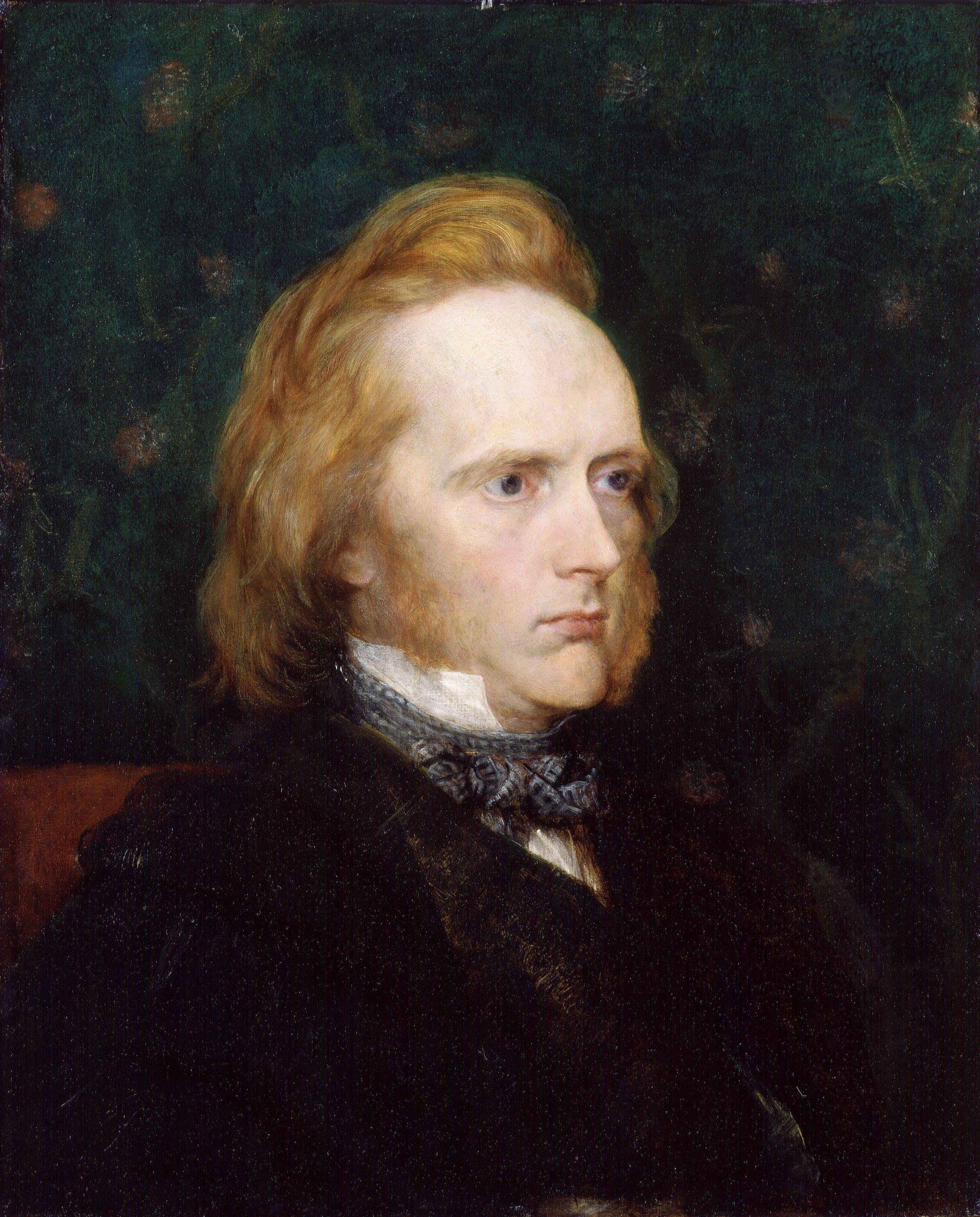
G. D. Campbell, 8th Duke of Argyll
3) Lennox 1665
4) Gordon
5) Queensbury, 1684
6) Arguyll, 1701
7) Atholl, 1703
8) Montrose, 1707
9) Roxburghe, 1707
By my count, that’s 31 dukes during the Regency, in all of England, Scotland, and Ireland. If I had time, I would now look them all up to find out how old each one was in, say, 1816!!
For comparison, I give you:
1) number of earldoms (English, Scottish, Irish, G.B or U.K.), established before or during the Regency (1398-1822) still extant today: 142. (Because the sheer number of earldoms has long surpassed the number of territorial counties, the names of many earldoms are associated with smaller units (estates, villages, families, etc.).
2) number of baronies (English, Scottish, Irish, G.B or U.K.), established before or during the Regency (1264-1822) still extant today: 124 (and 317 more were created since 1822!)
I am sure there were more of both these peerages during the Regency that disappeared later –sorry I don’t have time to analyze these long lists! You get my point. Slipping in a bunch of fictional earls or barons doesn’t rattle my universe of imagined history nearly as much as all those dukes!

1st Marquess of Montrose
Viscounts and marquesses, the other two peerage titles, were less common, at least as independent titles. Copied from the French, they came into use later, and tended to become subsidiary titles as the holders were promoted. Much more commonly found as the courtesy titles used by heirs-apparent. Today there are only 25 marquesses who do not hold higher titles, and 37 such viscounts. I learned that stand-alone viscountcies were more common in Ireland than the other parts of the UK –24 of those 37 viscounts are Irish titles. Things I’ll keep in mind for future stories!!
I came across two tidbits that I can’t resist sharing. One is this: The Daily Mail reported in 2009 that Tatler Magazine invited the 24 then-current non-royal dukes to lunch. Some were too frail to attend, and some live abroad, but ten of them came. Those ten represented the largest gathering of dukes since Elizabeth II’s Coronation in 1953! Their ages ranged from 41 to 94. For a photo of them, details and the interesting story, see “Ten Dukes a-Dining”.
And this last bit is at least for Amanda, and also shows that it’s not always good to be a duke:
“When Elizabeth I came to power the only [remaining] living duke was Thomas Howard, 4th Duke of Norfolk. Elizabeth did not create any dukes, and she beheaded Thomas Howard at the age of 36 for plotting to wed Mary, Queen of Scots and overthrow her. By 1572, this class of peerage was extinct – there were no Dukes in the last 30 years of her reign.” (from Wikipedia) No wonder Shakespeare could so liberally sprinkle both historical and fictional dukes throughout his plays without worrying about direct repercussions! (besides putting them in Italy, of course) No one in England held that rank for most of his lifetime –from the time he was eight until seven years after his death in 1616. The later extant Dukedoms in the Peerage of England were created (or restored, in two cases) in the Stuart period and after.
How do you feel about dukes? In our Regency fantasies, does it matter whether the titles of our characters reflect the nature of the peerage at the time? I’d love to hear what you think!



